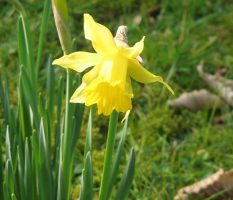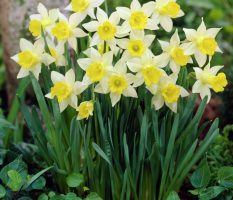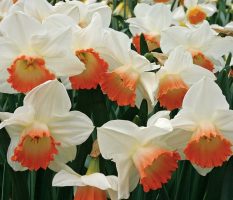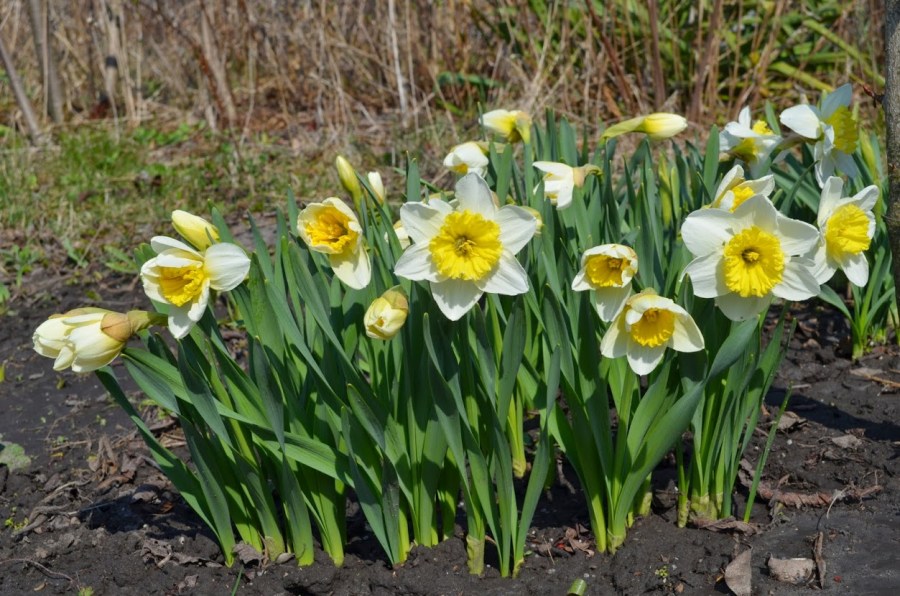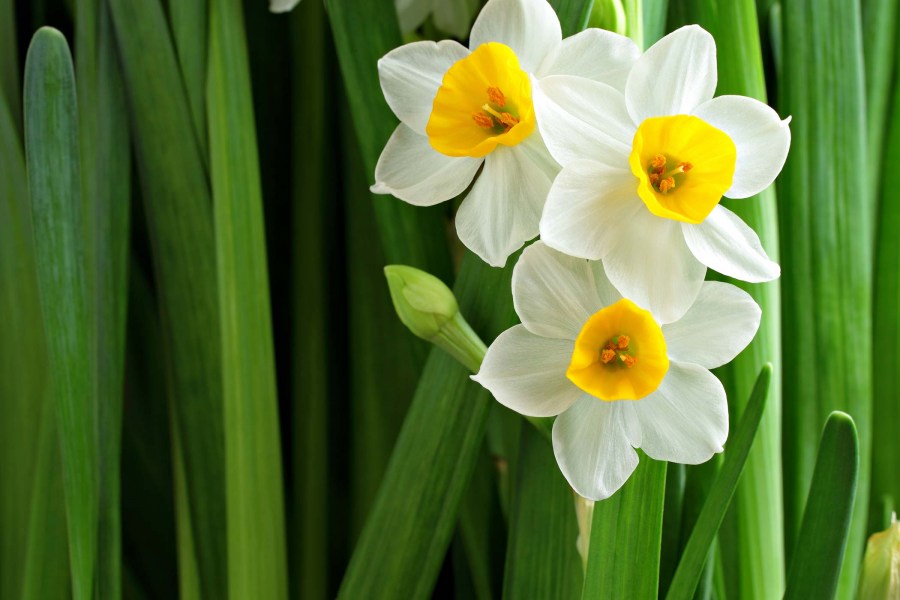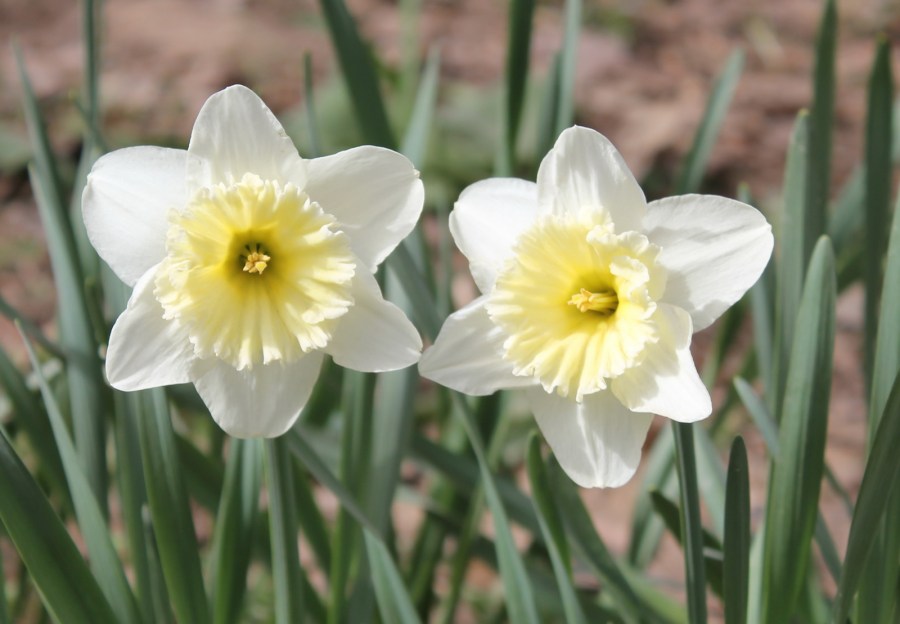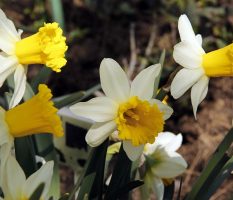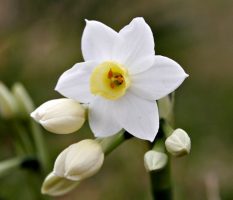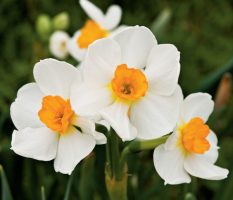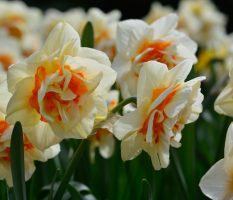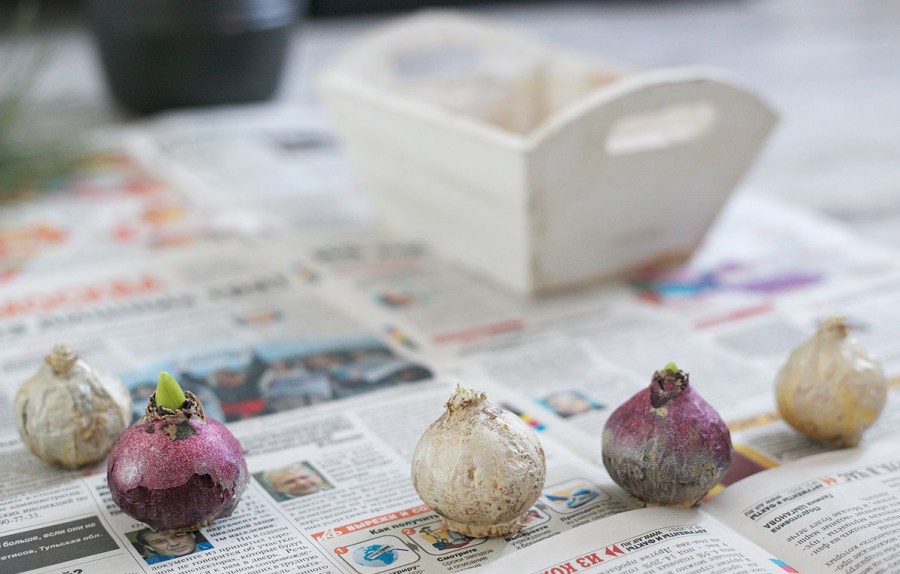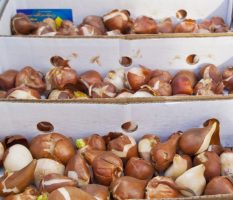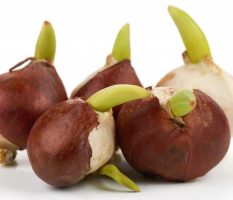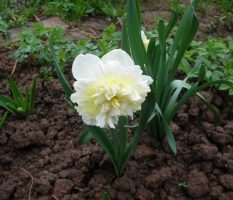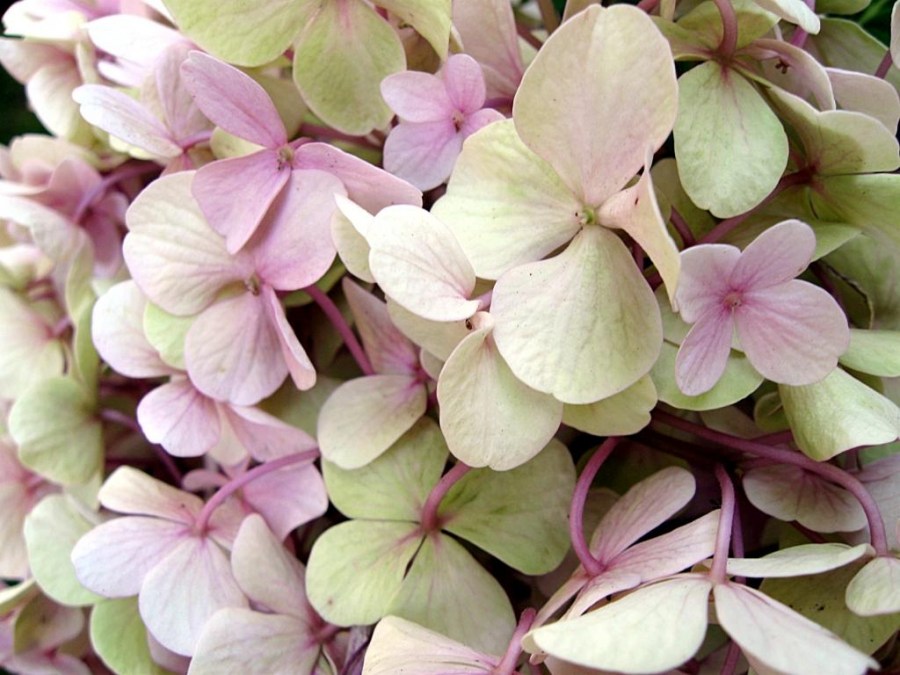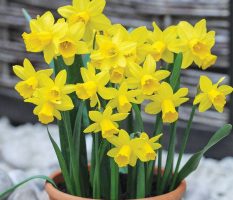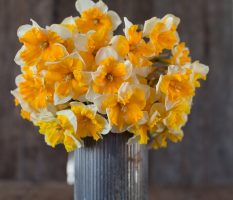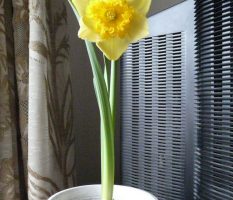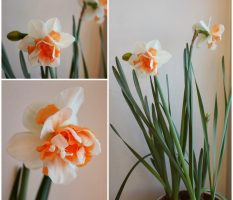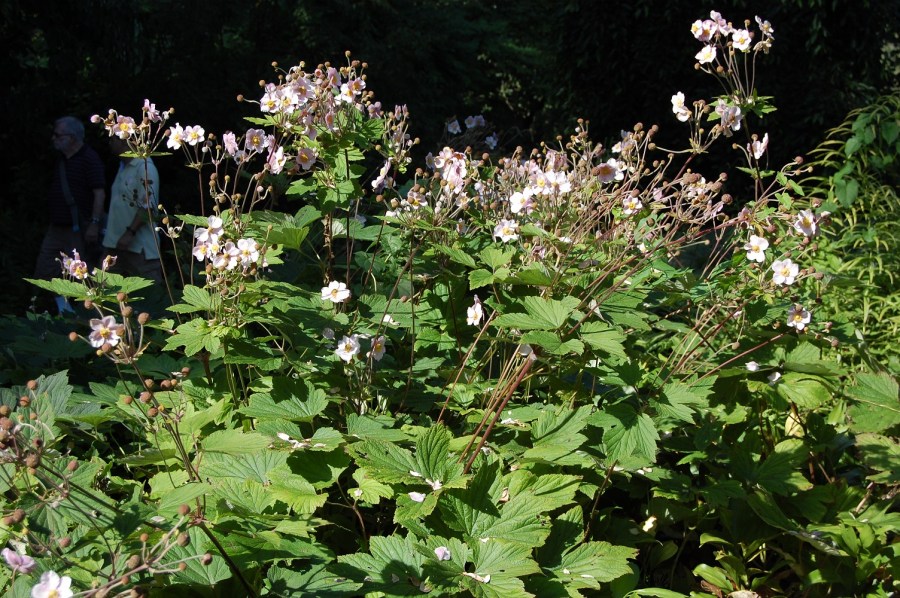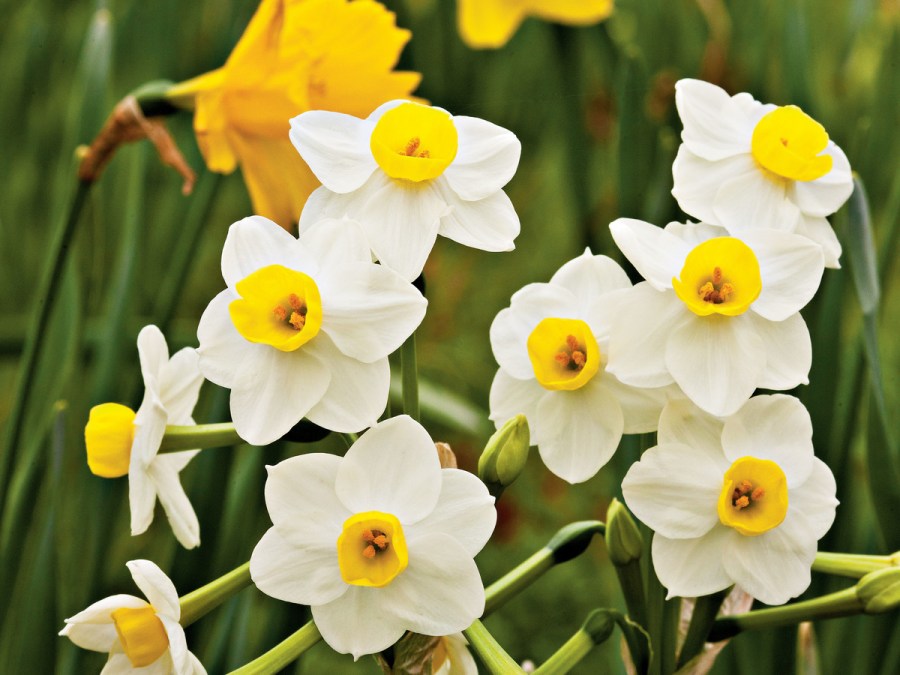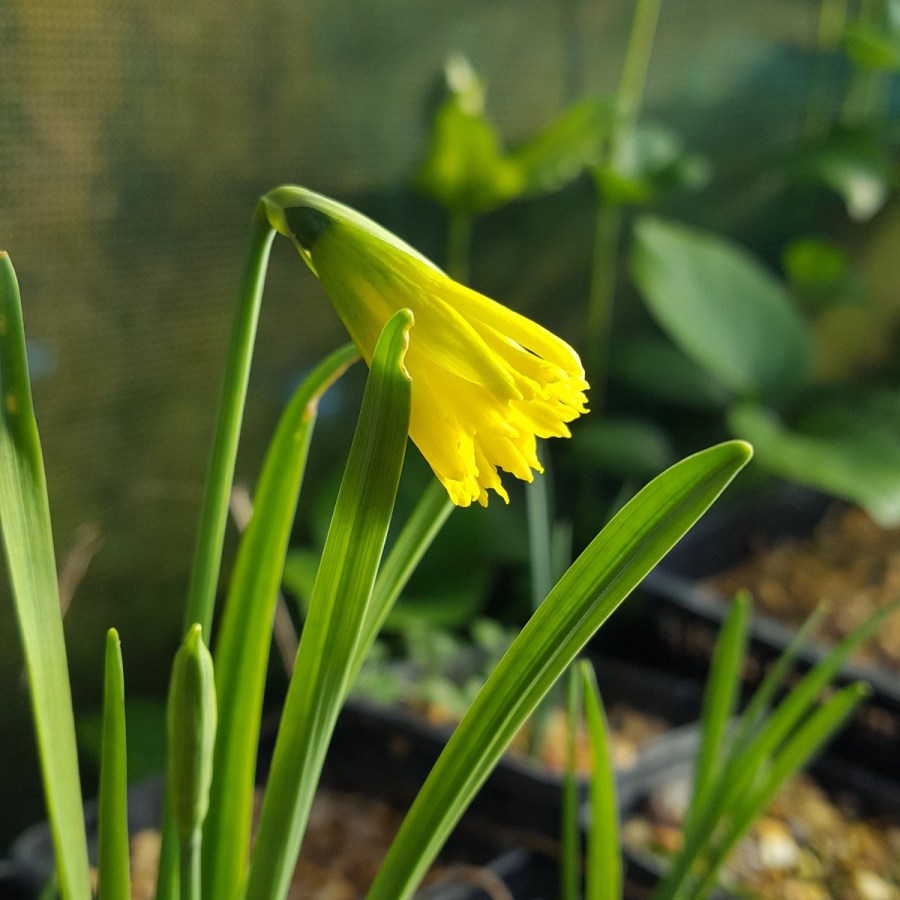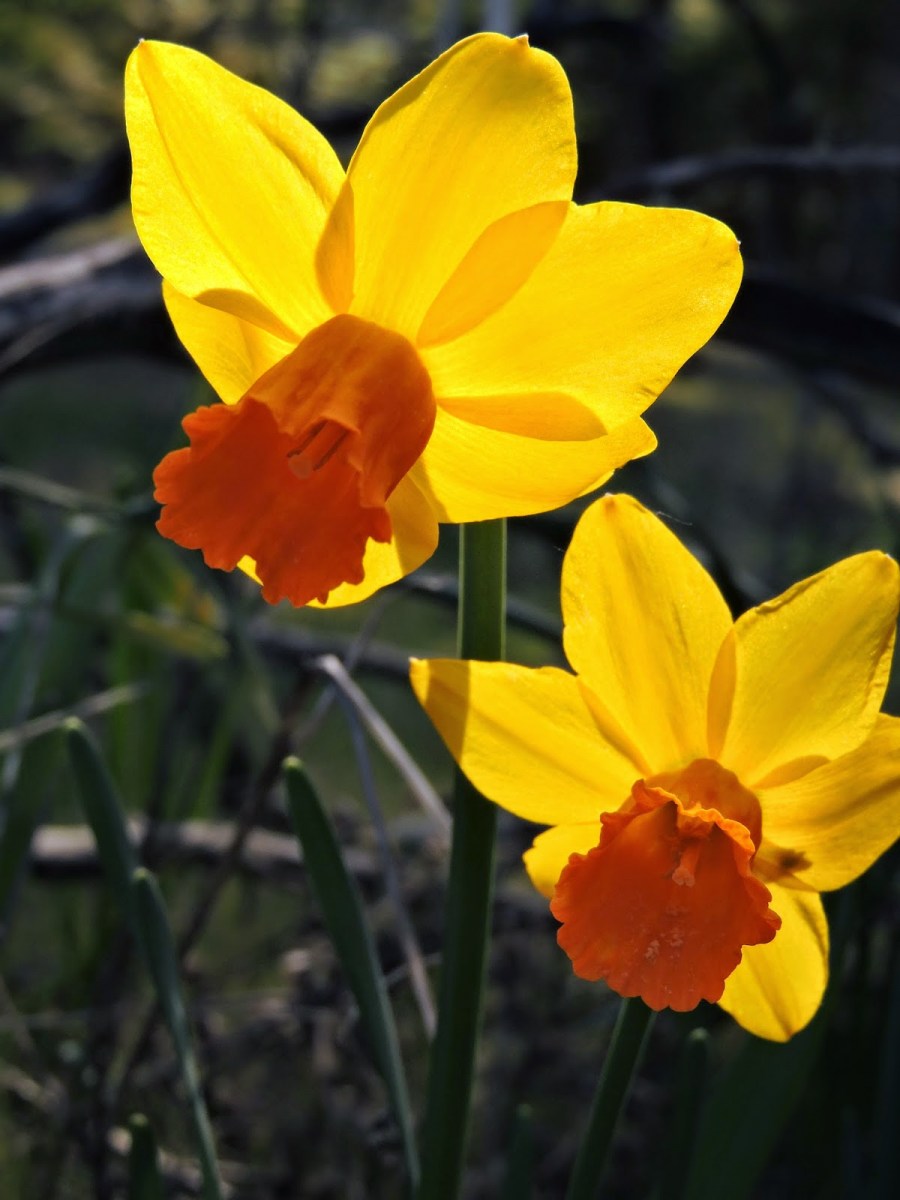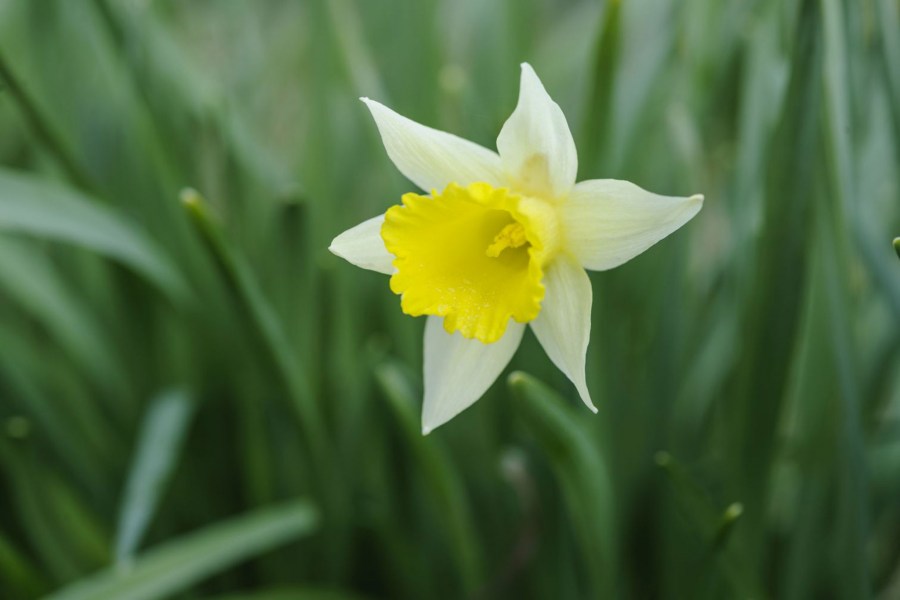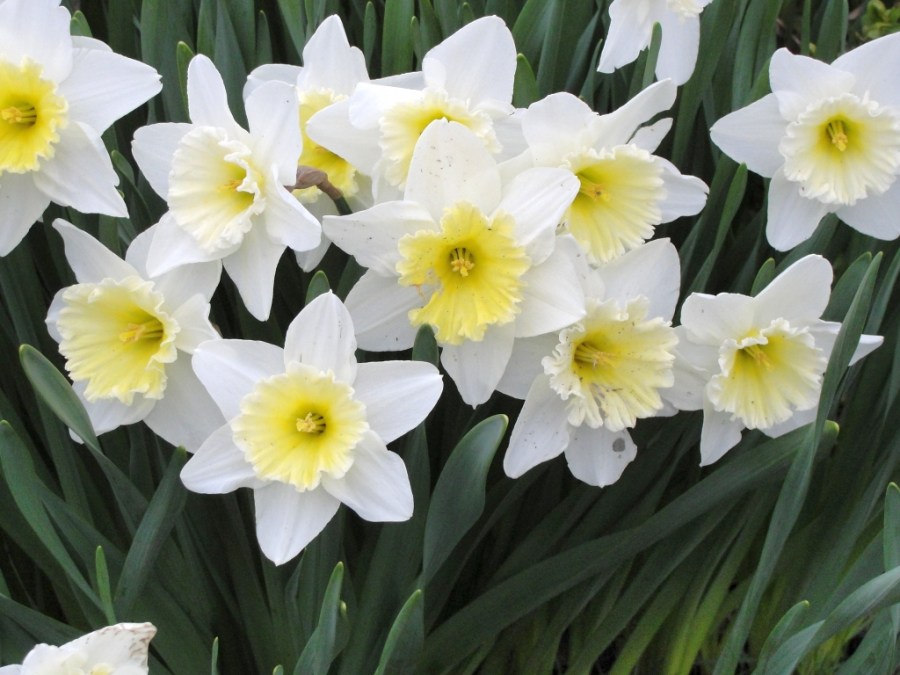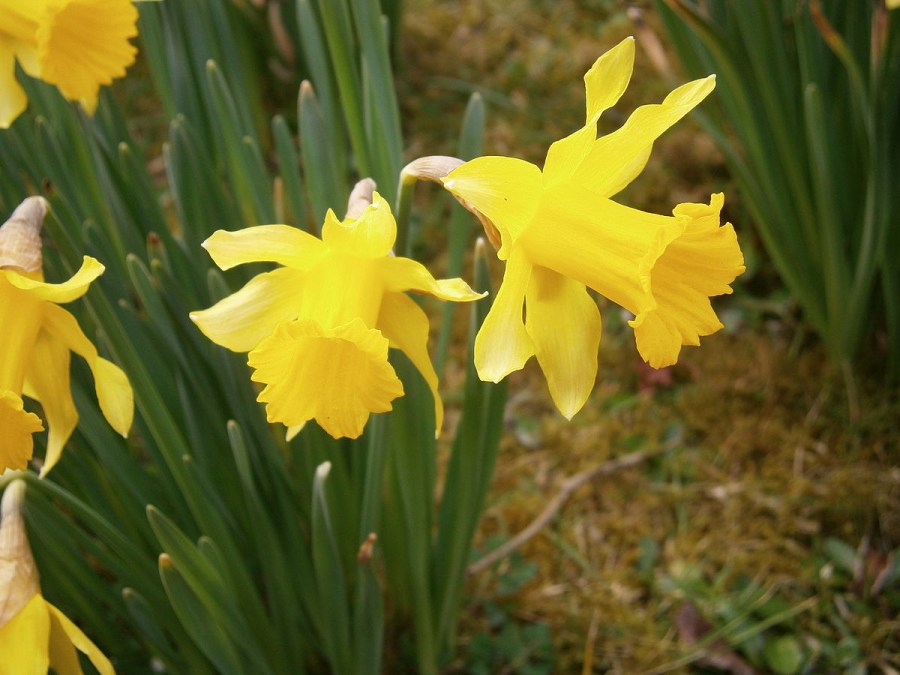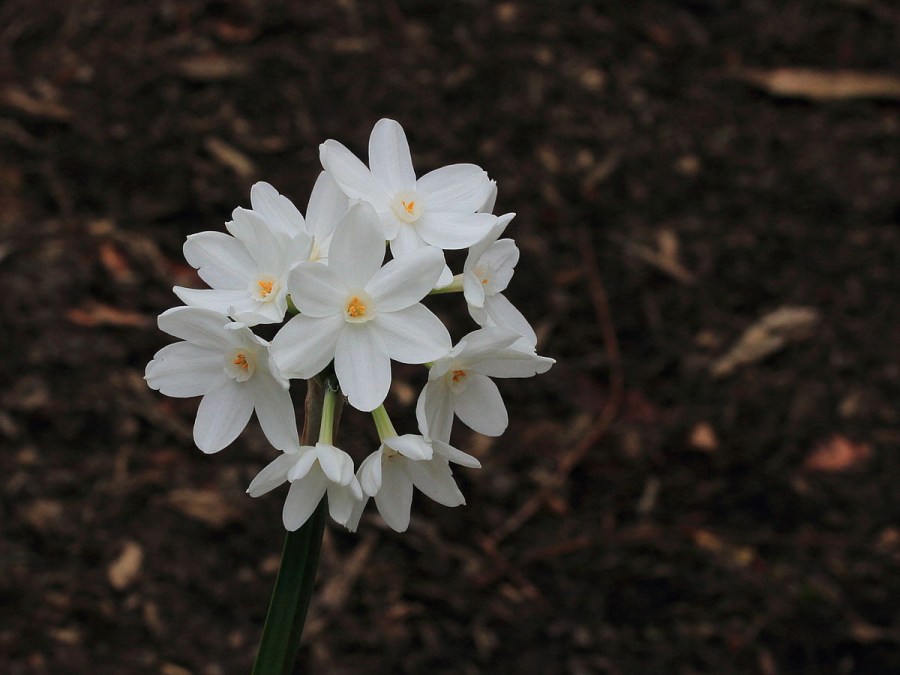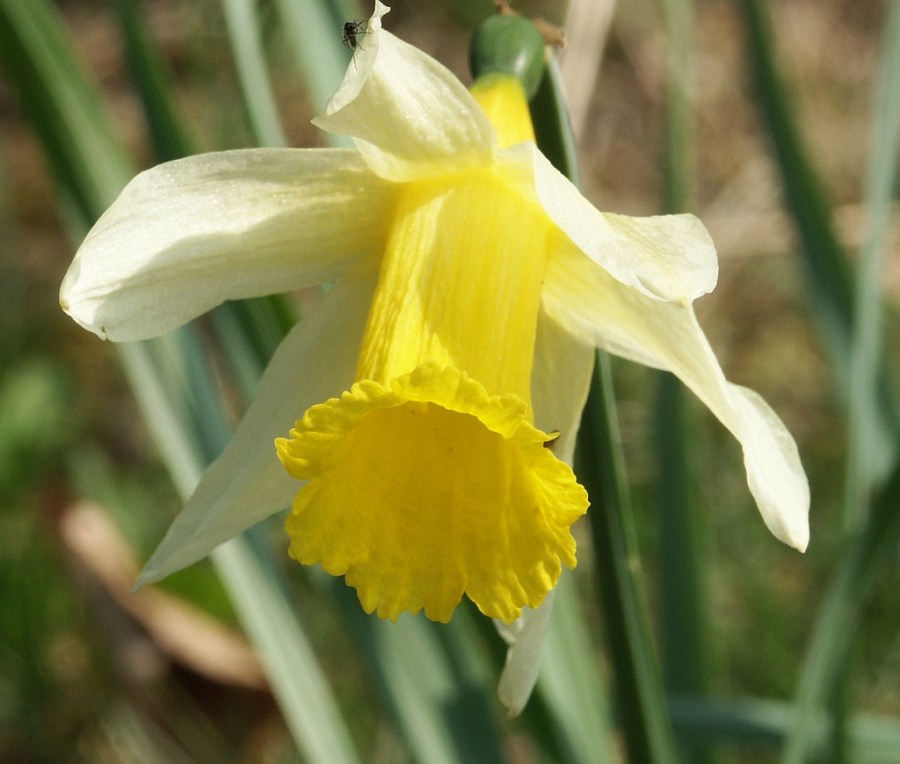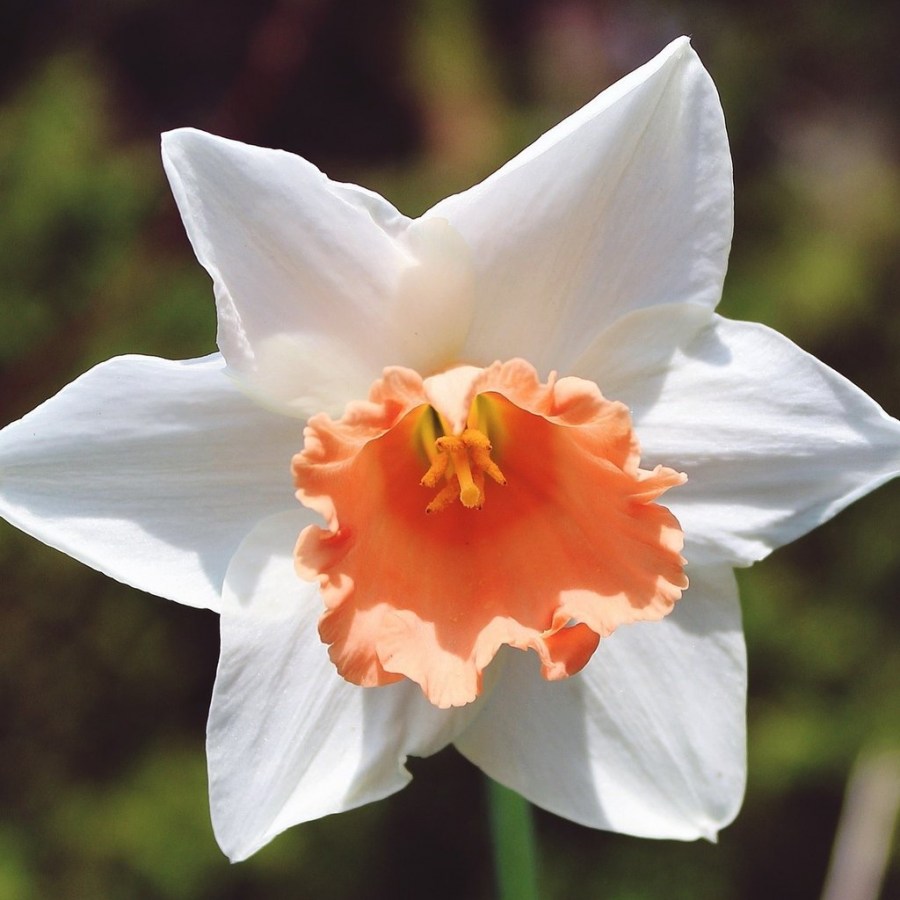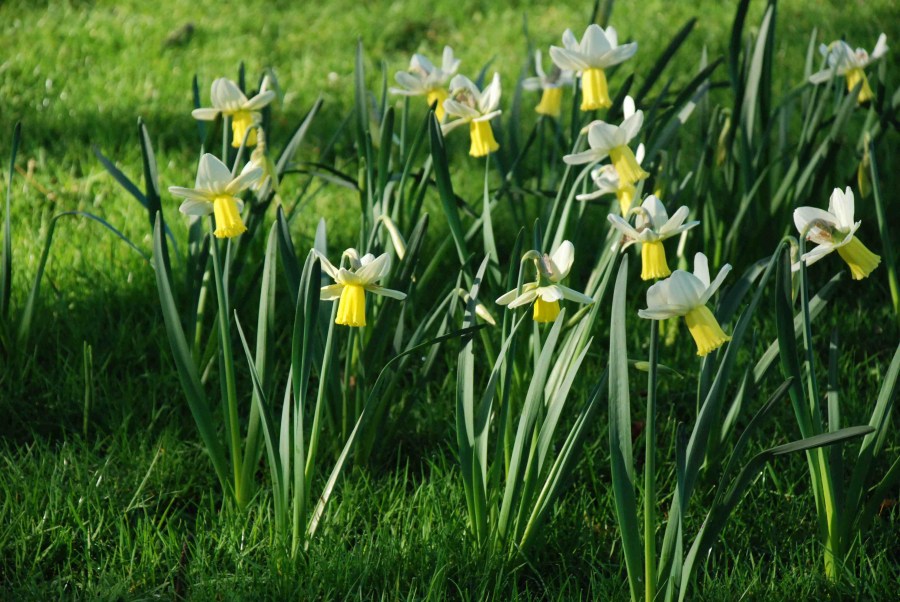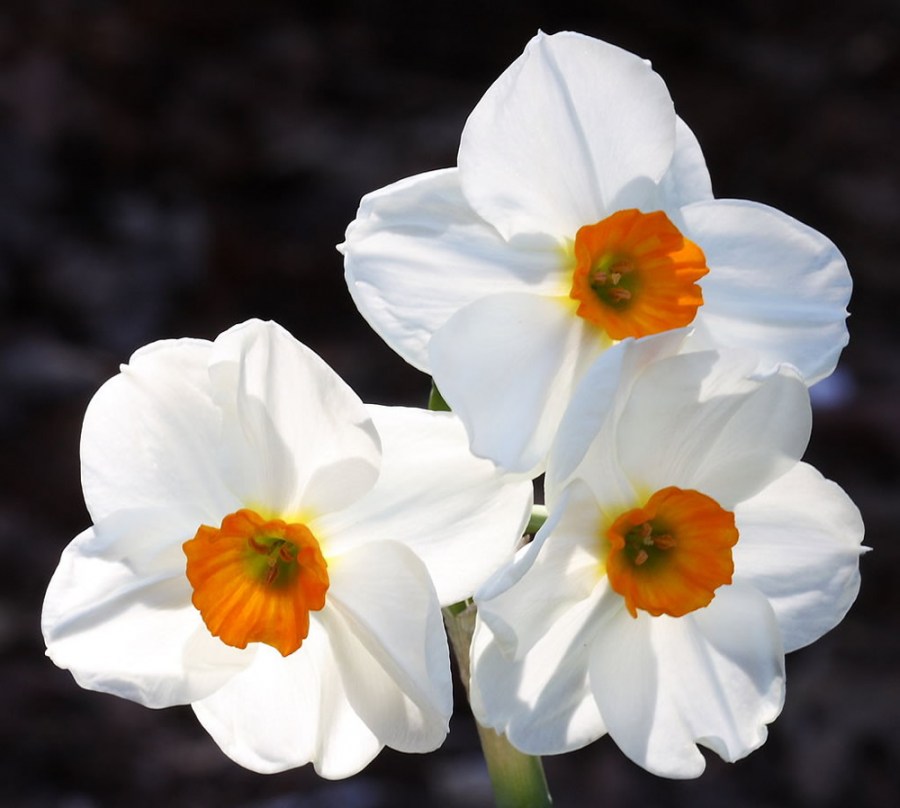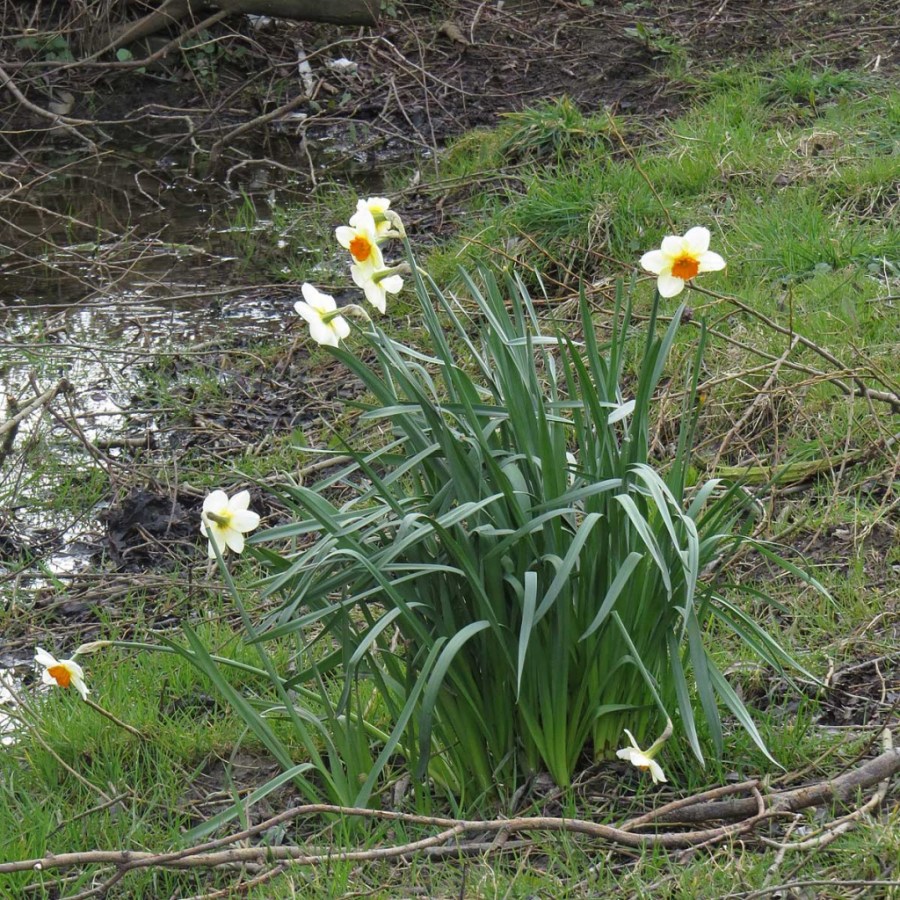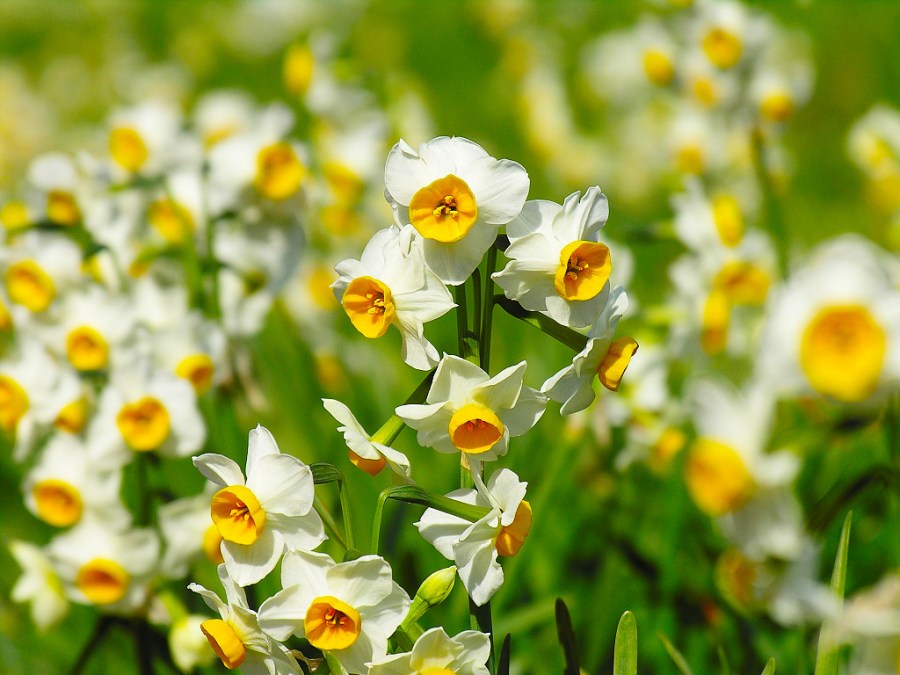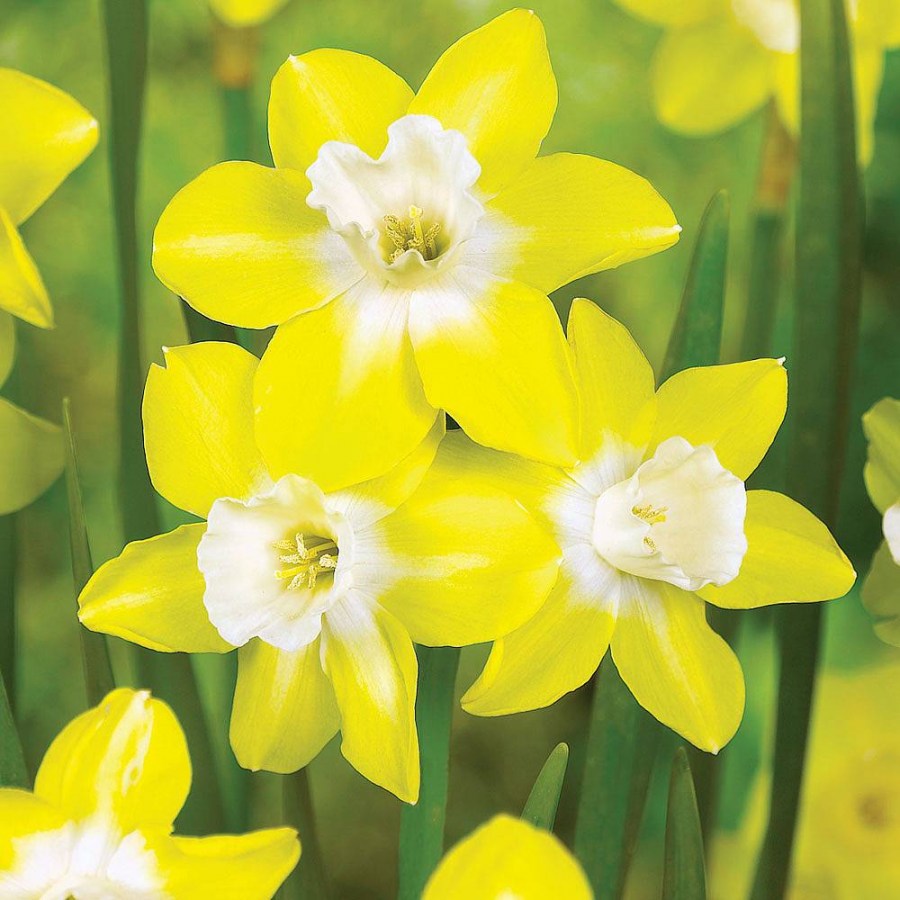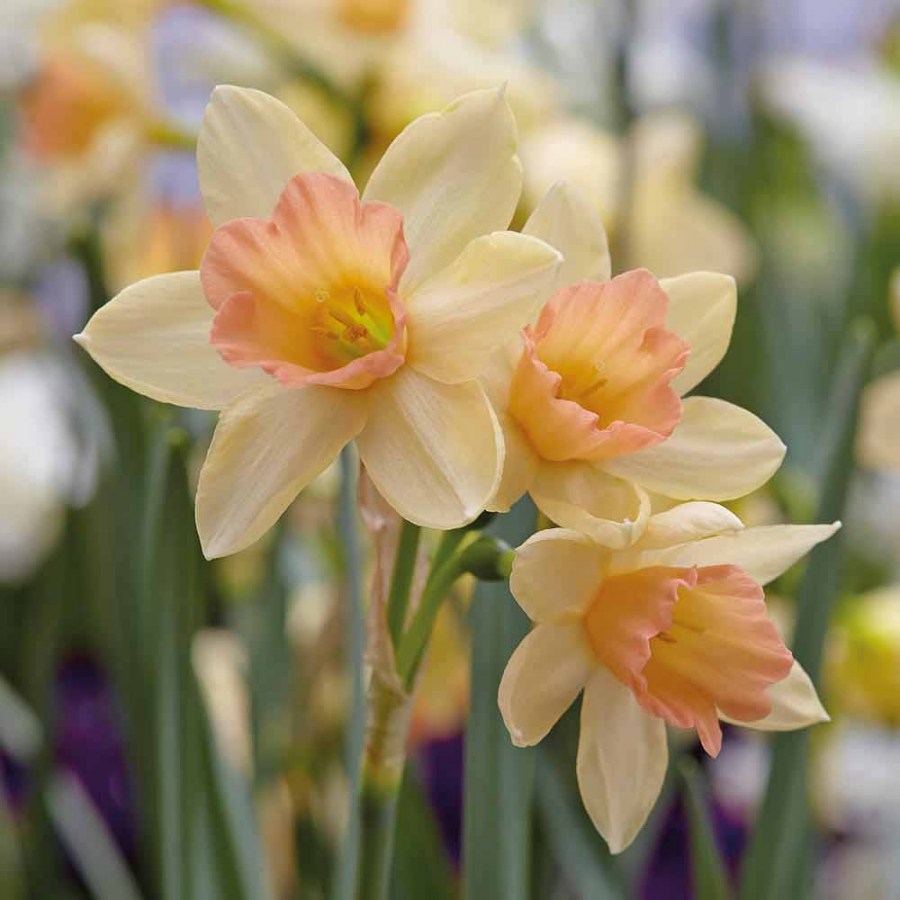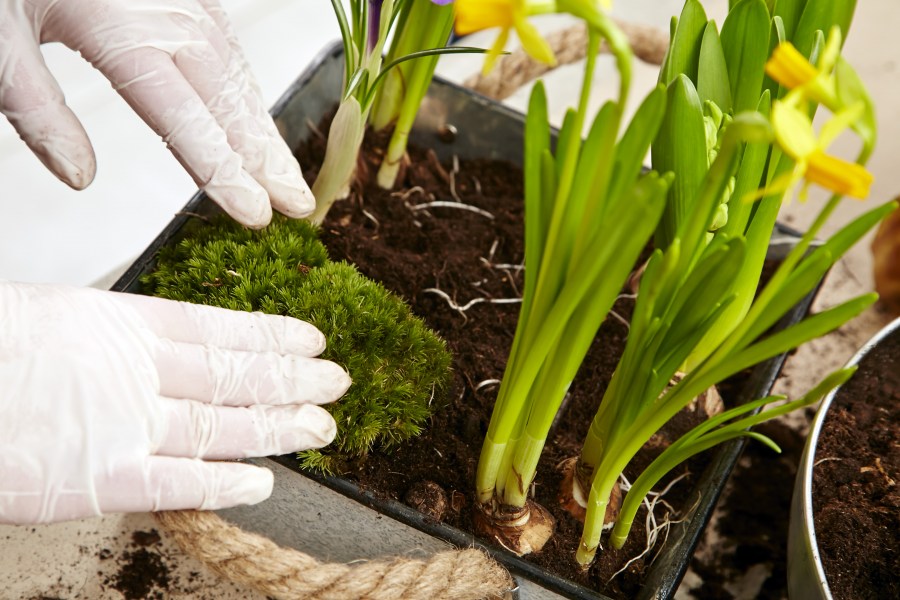Daffodil flower - a description of all species. Recommendations for outdoor care (80 photos)
In the gardens of our region, there are many beautiful flowering plants whose beauty captivates the imagination of people and carries them into the world of romance and inspiration. Among these peduncles occupy a special place captivating daffodils. Their refreshing beauty captivates and fascinates, makes them the most beloved and popular flowers. And it doesn’t matter if several single flowers bloom in the garden or if the sea is raging in multicolored flowering daffodils.
Daffodils in the gardens appear early, along with early varieties of tulips and hyacinths. They do not represent a homogeneous group - if you pay attention to the numerous photos of daffodils, you can immediately see that all the flowers differ in color and shape.
And although the plant is not considered very capricious or requiring special attention, gardeners should not let it grow by gravity. Only a true lover of daffodils will be able to provide decent care for flowers and admire their pets in all their glory in the spring. Therefore, it is better to familiarize yourself with the rules of its landing and care.
Depending on the variety, each daffodil bush consists of a dense bulb (large, medium or small size), ribbon-like leaves (from 2 to 4 pieces) of various lengths and densities, the stem and the flower itself.
Bulbs come in different shapes - oval, ovoid, round, and some varieties form a nest of several bulbs. The leaves of daffodils grow from the bulb, the stem is straight and leafless.
Inflorescences can be single, many varieties have peduncles topped with several flowers at once - from 2 to 8 buds.
The color of inflorescences is different - white, yellow, all shades of orange, also 2 and 3 color varieties are found. The diameter of the inflorescence varies from 2 to 10 cm. The length of the bushes also differs - in miniature varieties it is about 10 cm in height, in large varieties - up to half a meter.
Daffodils delight with their flowering for almost 2 spring months - early and medium plant varieties bloom in April, and later varieties bloom in May.
The main types and varieties of daffodils
The most favorite and common types of this flower are the following:
- tubular - the length of the middle, the so-called tube, and the inflorescence petal are the same, sometimes the tube is longer than the petals;
- large-crowned - a characteristic feature is that the length of the inflorescence crown is approximately half the length of the petal;
- small-crowned - the length of the crown is only a few millimeters;
- slit-crowned - the middle of the flower is of different sizes and lengths, the main feature is that the crown looks torn or fringed. Very spectacular and beautiful inflorescences;
- terry varieties. Also beautiful and unusual plants with large flowers. Some terry varieties have very large inflorescences and the stem does not withstand such a large and heavy flower, so they put a special support for them;
- cyclamen - the form of inflorescence resembles cyclamen. The middle of this variety is long and thin. Early variety of daffodils;
- zhonkillievye - a late variety that has several small inflorescences on the stem.
When is it better to plant daffodils
Flower bulbs should be planted in late September or in the first decade of October, depending on weather conditions. The selected area should be well moistened. If the autumn turned out to be dry and without rain, it is necessary to saturate the soil well with the settled rain water.
Before planting, the earth must be loosened and saturated with fertilizing, for example, humus, compost, peat, superphosphate, wood ash.
Fresh manure must not be added to the soil for planting onion flowers - planted onions will get burned and die. It is also recommended to add some river sand to the soil.
When the soil becomes moist and sufficiently saturated with nutrient medium, planting can begin. First, you need to inspect and sort through all the bulbs, set aside soft, sick or damaged (having spots or slices with a shovel). All healthy onions are recommended to withstand half an hour for disinfection in a weak solution of manganese or fungicide.
A small hole should be prepared for the bulb, corresponding to approximately three of its diameters. The distance between the holes depends on whether it is planned to plant flowers for 1 or 2 years or for 4-5 years.
If you plan to dig them out in a couple of years, then you can not really worry that the bulb will give a lot of children and they will be crowded in the ground. Therefore, in this case, 7-10 cm between the wells will be sufficient.
If the flower bed with daffodils will be in the same place for 5 years, you should make sure that the little children who appear at the flower during this time have enough space and nutrients from the ground. Therefore, it is worth making holes every 15-20 cm from each other. After planting daffodils, it is necessary to cover the area with fallen leaves.
How to provide favorable conditions for flowering
To daffodils in the garden bloomed magnificently and amicably, they should be fed several times. During the season, it is recommended to do several dressings:
- the first top dressing should be done after the appearance of the first seedlings. You should take any mineral fertilizer (30 g per 1 sq. Meter), dilute in water and fertilize green sprouts;
- the second fertilizer is recommended to be done during the budding of the bush (20 g per 1 sq. meter);
the third top dressing should be carried out after flowering. For this, phosphate and potash fertilizers will be needed.
The rest of the care for plants is to remove weeds, a little loosening of the soil and regular watering of flowers. It is recommended to water them from below, without touching the leaves and even more so the flower.
When to dig onions
Daffodils can be in one place for 5-6 years, after which they are recommended to be dug up, divided into separate bulbs and transplanted to another place. If this is not done, the newly appeared children will interfere with each other's development, and the inflorescences will become small and lose their attractiveness.
Dig bulbs after the foliage of the plant begins to dry. Bulbs extracted from the ground must be cleaned of soil and decomposed in partial shade for drying. After about 10-14 days, you can remove the remains of leaves from them, inspect and discard low-quality bulbs.
At this stage, many children themselves fall off from the mother's bulb. The roots cannot be separated. Then the bulbs are still dried and then stored in a dry, dark place until planting.
Narcissus in the house
Many people know about the planting of daffodils in the open ground, but not everyone is aware that a delicate flower can be easily grown on the windowsill in your apartment.
To do this, in the fall, prepare small containers with nutritious soil for flowering plants. Make a hole, plant the selected onion, water and transfer the pot to a cool place.Once every 2 weeks, the soil in the pot should be slightly moistened.
In late March, the onion is already starting to sprout. From this moment it is recommended to transfer it to a warm and sunny place. After the appearance of the bud, the room temperature should again be reduced.
Home flower daffodil does not like drafts. During the period of budding and flowering, it should be fed with a mineral mixture of fertilizers.
Daffodils always look elegant and attractive. Any kind of plant is a small masterpiece of nature. With their flowering and beauty, it is they who welcome the spring and the approach of warm days.
Photo of daffodil flowers
Swing gates - 110 photo review of materials and their main types
Choosing a siding for a house sheathing - photos of the best design options
Crafts from plastic bottles: 80 photos of creating a DIY decor
Decorative flower beds: 80 photos of interesting ideas from leading designers
Join the discussion:




